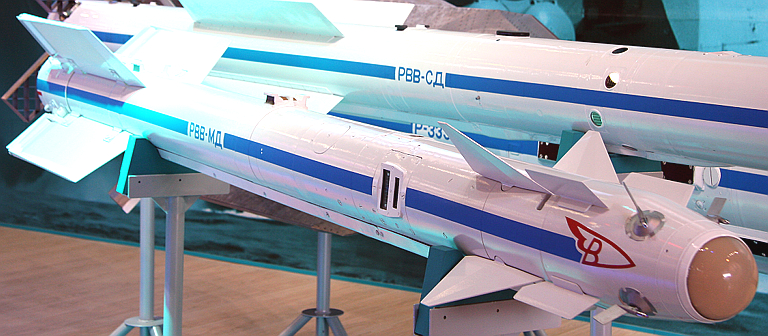hornet driver
Well-Known Member
- Joined
- May 1, 2011
- Messages
- 4,639
- Reaction score
- 9
You can simply say that stall is a condition where the high angle of attack causes the fin to become less effective.
That right there is your best bet---To be honest, this has come up before and the thread was sort of the same with the same mixed results. For the most part, all of you are right---it depends on your point of view !! Question: do fins make lift? Answer : yes they do--on both sides equally---so it's a net wash--get my drift? Question: how in the world do you stall a rockets fins? This assumes the rocket is traveling at great velocity and the fins are aligned properly!Even with a gust of wind--the fins will remain at or near 0 deg AOA relative to the airflow. As the rocket travels up ,it's always making little corrections as the fins try to stay neutral. If the AOA drifts a bit the fin side facing the airstream is under high pressure and deflects the rocket back on course at the same time the side away from the airstream is in low pressure and begins to make more lift that it's opposite side thus righting the rocket. In extreme cases you can see this in rockets that waggle on the way up. So, how do you stall a rocket fin?? First, if the rocket is not dynamically stable to begin with---your cp/cg relationships are way off or the fins are too small to counter act any deviations in the flight path-- this will result in flight departure--- caused by high AOA that the fins simply could not overcome. Slow off the pad can also cause the rocket to want to flip ends---the rocket is stable but not moving fast enough for any of the forces on the fins to generate enough force to keep it headed in the right direction. one side of the fin is deflecting air and by the way making lift as the other side is making a ton of drag since the air has become unattached(stalled) . If you have ever seen a rocket go up a little way and then snap into a loop and the straighten out and go cruise missile or land shark---this is usually the reason--low speed off the rail--the fins are not working yet-- it loops but is beginning to gain speed--as it gains speed the deflection off the fins begins to prevail and equilibrium is restored and the rocket takes off for the next county!!!---What I've told you really is an oversimplification --fin shape--profile--airfoil and thickness ,dynamic stability and thrust and speed all play into the equation, but that's a discussion for another day.








